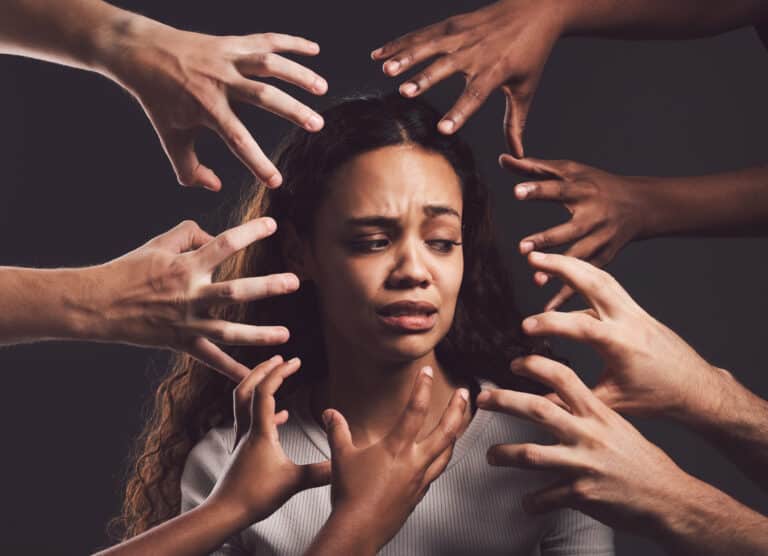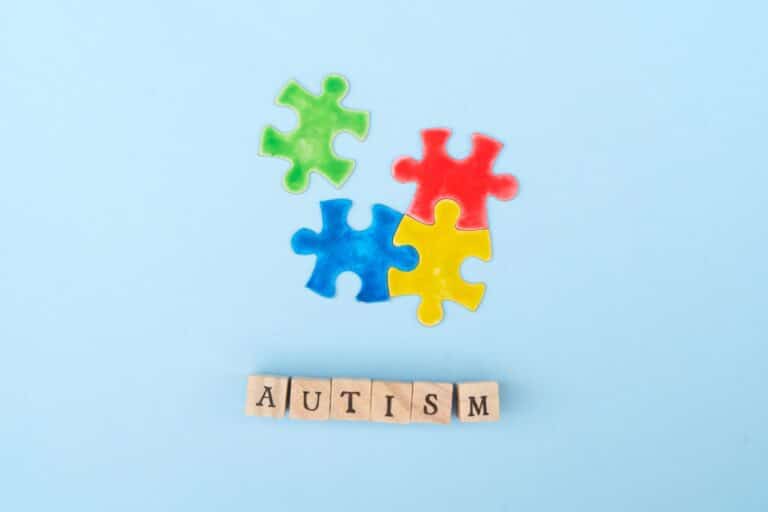It’s becoming the norm to discuss post-traumatic stress disorder PTSD. For several years, it was mostly diagnosed only to soldiers coming home from war, but now we are beginning to understand that several different types of people can suffer from it. There is now a new category, known as Complex Post Traumatic Stress Disorder CPTSD.
Knowing the difference between CPTSD and PTSD can be essential for getting the right treatment. There are a few key differences that make CPTSD treatment different. It is important to discuss symptoms and treatment options with a mental health professional.
What is CPTSD?
Complex PTSD is often described as the mental trauma experienced from stressful events that last for an extended period. Repeated trauma is often what causes CPTSD.
The causes of CPTSD are endless, but the U.S. Department of Health and Human Services reports that in many cases it happens to victims of sexual or domestic abuse, which is prolonged and repeated. It’s often associated with children, as this is when bonds are supposed to be forming. Rather than finding a safe place, the child is repeatedly put into a dangerous or unsafe situation.
When this happens regularly, the brain and nervous system learn to constantly be ready to act. Rather than relaxing, individuals may feel on edge, as if they need to be ready to move at a moment’s notice.
Differences between CPTSD and PTSD
It’s easy to assume that CPTSD and PTSD are the same. While they share a lot in common, there is a bit more to CPTSD, which we will discuss. They are now considered sibling disorders.
PTSD is often considered to be temporary, according to the National Center for PTSD. It may seem like it will never end, but those diagnosed with this disorder will eventually recover.
PsychAlive reports PTSD can become triggered by seeing or experiencing a single terrifying event. This could be something like seeing a loved one pass, a natural disaster, or being involved in a car wreck.
CPTSD, on the other hand, can last for months or even years. The term complex PTSD was adopted when it became clear that there were more severe cases of PTSD that warranted more investigation. CPTSD is usually caused by exposure to a traumatic event, which happens on more than one occasion.
Treatment for CPTSD often takes much longer than treatment for PTSD, because the trauma has been present longer. Due to this, the brain has developed in ways that cause the individual to constantly be on guard.
Symptoms of CPSTD
If you or a loved one is suffering from CPSTD, it’s important to know what the symptoms are. Symptoms of complex PTSD include:
- Impulsivity,
- Aggressiveness
- Sexual acting out
- Alcohol/drug misuse
- Self-destructive behavior
- Affect ability
- Rage
- Depression
- Panic
- Dissociation
- Pathological changes in personal identity
- Chaotic personal relationships
- Somatization (physical symptoms caused by mental illness, such as headaches caused by grief)
Experiencing one or two symptoms does not mean you or a loved one has CPTSD. You could be experiencing signs of anxiety, depression, or another mental health problem.
Speaking to a professional about what you are experiencing can help you be properly diagnosed. By keeping a notebook of what you are feeling, your therapist can make a more accurate diagnosis.
Treatment Options
There are several different types of treatment options for those diagnosed with CPTSD. These can range from therapy to medications. It’s important to note that healing from CPTSD is not quick, and treatment will be more in-depth than someone suffering from PTSD. Your doctor or therapist may also prescribe more than one type of treatment to treat you.
Treatment for complex PTSD should be guided by the direction of a mental health professional who has experience treating complex trauma. Treating complex PTSD is essential for positive mental health and well-being.
Psychotherapy
Psychotherapy is essentially when you talk to a counselor or therapist. There are several different categories of psychotherapy, such as Cognitive Processing Therapy (CPT) and Prolonged Exposure (PE).
CPT focuses on your thoughts and teaches you ways to confront your negative thinking. Prolonged exposure helps you begin to confront your fears, but the therapy is taken at a slower pace.
Medications
Xanax is a common form of treatment for CPTSD, according to the National Center for PTSD. It belongs to a class of drugs known as benzodiazepines.
Because many patients diagnosed with CPTSD have trouble falling asleep, Xanax is often prescribed as a form of treatment. It is also used to treat anxiety.
Blue Xanax is a higher dosage of Xanax. As the name applies, it comes as a blue pill. Those that are oval are 1 mg. Round blue Xanax pills are 2 mg.
Xanax can be highly addictive, and you should not take it unless it is prescribed by a healthcare professional.
The National Center for PTSD also reports other types of medication often used in the treatment of CPTSD include:
- Sertraline (Zoloft)
- Paroxetine (Paxil)
- Fluoxetine (Prozac)
- Venlafaxine (Effexor)
- Nefazodone (Serzone)
- Imipramine (Tofranil)
- Phenelzine (Nardil)
You should keep in contact with your health care professional while taking any sort of narcotics and drugs. Also give your doctor a complete list of what you are on, as these drugs don’t mix well with other types of medication.
If you feel like you are starting to become addicted, then don’t hesitate to speak out. Your therapist or doctor can find you a different form of treatment, and offer you counseling for the addiction.
Seeking Treatment
CPTSD vs PTSD is a common topic of discussion in the field of mental health. While both disorders share similarities, they differ in key ways. PTSD typically results from a single traumatic event, while CPTSD is often the result of repeated or prolonged trauma, such as childhood abuse. Additionally, CPTSD includes symptoms not present in PTSD, such as emotional regulation difficulties, negative self-perception, and impaired relationships.
Understanding the differences between CPTSD and PTSD is crucial for accurate diagnosis and effective treatment. If you or someone you know may be struggling with symptoms of either disorder, seeking the help of a mental health professional can make all the difference in finding relief and healing.
If you or a loved one are suffering from CPTSD, ignoring the symptoms is not going to make it go away. By seeking out treatment, you can begin the journey to recovery.
A trained therapist can help you become diagnosed, and begin recommending treatment plans. Here at the Southern California Rehab Center, we focus mainly on alcohol and drug rehabilitation, but we also provide other types of service. Contact us for more information about our therapists.
Contact us to learn more about our program and how we can help.






